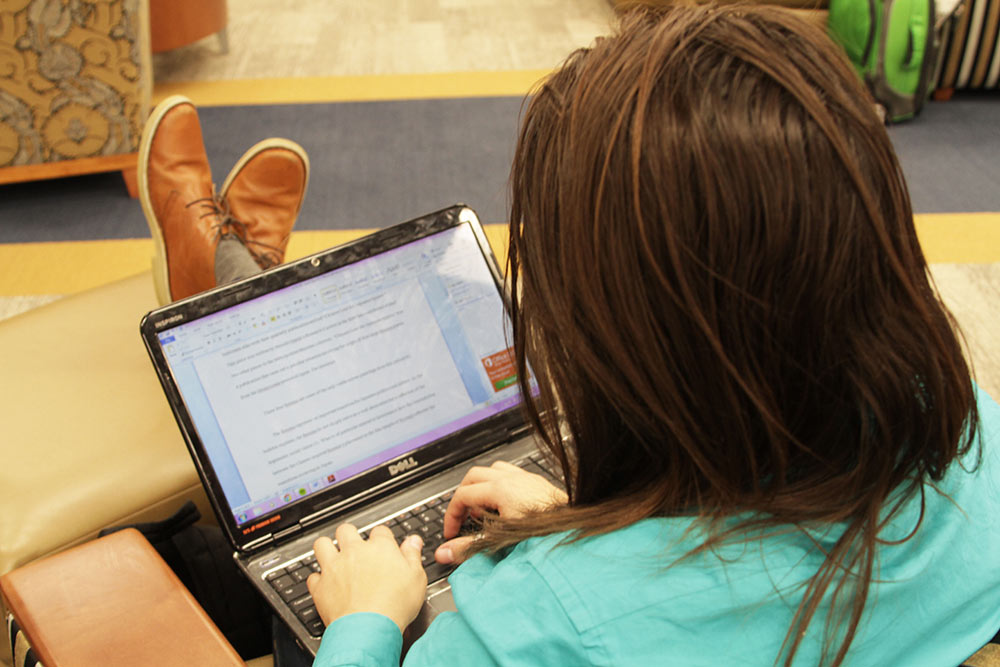
Copyright is important to teaching because students are increasingly being asked to create projects that integrate a range of media. Similarly, more and more instructors are publishing their course content online. Whether students are working on a documentary-style film or instructors are building a website with embedded media, both groups need to understand how copyright law sets forth certain conditions on the use of expressive works that belong to others.
Plagiarism and Copyright
While plagiarism is largely recognized as copying someone else’s work or ideas without the appropriate attribution and is sanctioned by institutions such as schools and publishers, copyright infringement involves the duplication of an expression or work in a way that violates the law. The following chart explores some of the differences and similarities between plagiarism and copyright:
| Plagiarism |
Copyright |
| Refers to both expressive works and ideas |
Provides rights to the creator of expressive works, not ideas |
| Refers to a breach of ethics |
Refers to the set of protections and limitations for authors and owners of expressive works |
| Rooted in a culture’s ethics |
Defined by a government’s set of laws |
| Definitions vary across cultures, disciplines, types of writing, and professional communities |
Definitions vary by country but are also regulated by international treaty |
| Sanctions vary across institutions |
Sanctions are codified into law and administered through legal proceedings |
| Formal sanctions can lead up to a student or employee’s dismissal |
Formal sanctions can involve civil and criminal penalties, such as fines and imprisonment |
Fair Use
In the United States, the use of copyrighted materials by those other than the creator or owner is legal in certain, limited situations. Under the
fair use doctrine, copyrighted material can be used for the purposes of teaching, scholarship, or research (among other activities such as criticism, comment, and news reporting). But perhaps the best way to avoid legal complications--especially for any public-facing media properties--is to find media you can use that isn’t subject to copyright.
Searching for “Reusable” Media
Much of the content found on the internet is subject to copyright. However, there are tools and resources that can allow you and your students to search for work that is in the public domain or licensed in a way that allows you to use it. For example, if your students are creating public-facing websites, encourage them to search for images they can legally reuse, attribute and incorporate into their own work. The following websites can be used:
DePaul Libraries
DePaul Libraries is host to a number of
digital media collections which are available for educational use. And of course DePaul faculty can request online and shelf materials to be made available to their students through the library’s course reserves.
Creative Commons
Creative Commons is a non-profit group that has developed several different
licenses that, at its’ most open, allow people to share, use, and modify the work they produce. You can
search for Creative Commons licensed work using their website or other search providers, including Flickr and Google. Note that even the most open license requires you to attribute the author.
Flickr
Flickr Commons is a searchable database of photographs that exist in the public domain or have no known copyright restrictions. Institutions such as the Library of Congress and the Smithsonian have made parts of their collections available through this site.
Wikimedia Commons
As of this writing, there are almost 20 million images, sounds, and videos hosted by
Wikimedia Commons that can be reused for free. Much of the content is made available through open licenses that
require attribution or identification of the specific license being used.
Further Resources
-
Copyright and Fair Use from Stanford University Libraries. This academic website offers an extensive list of copyright FAQs, articles on obtaining permissions from copyright holders, summaries of recent copyright opinions, and information on fair use and the public domain.
-
Copyright Crash Course from University of Texas Libraries. A wealth of information on copyright is divided into four major sections on this site: Own/Manage/Share, Building on Others’ Creative Expressions, Copyright in the Library, and University Administrative Interests in Copyright.
-
Copyright Terms and the Public Domain in the United States from Cornell University. This site catalogs the length of terms and conditions of copyright protections for various works.